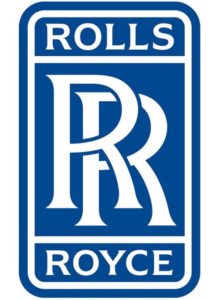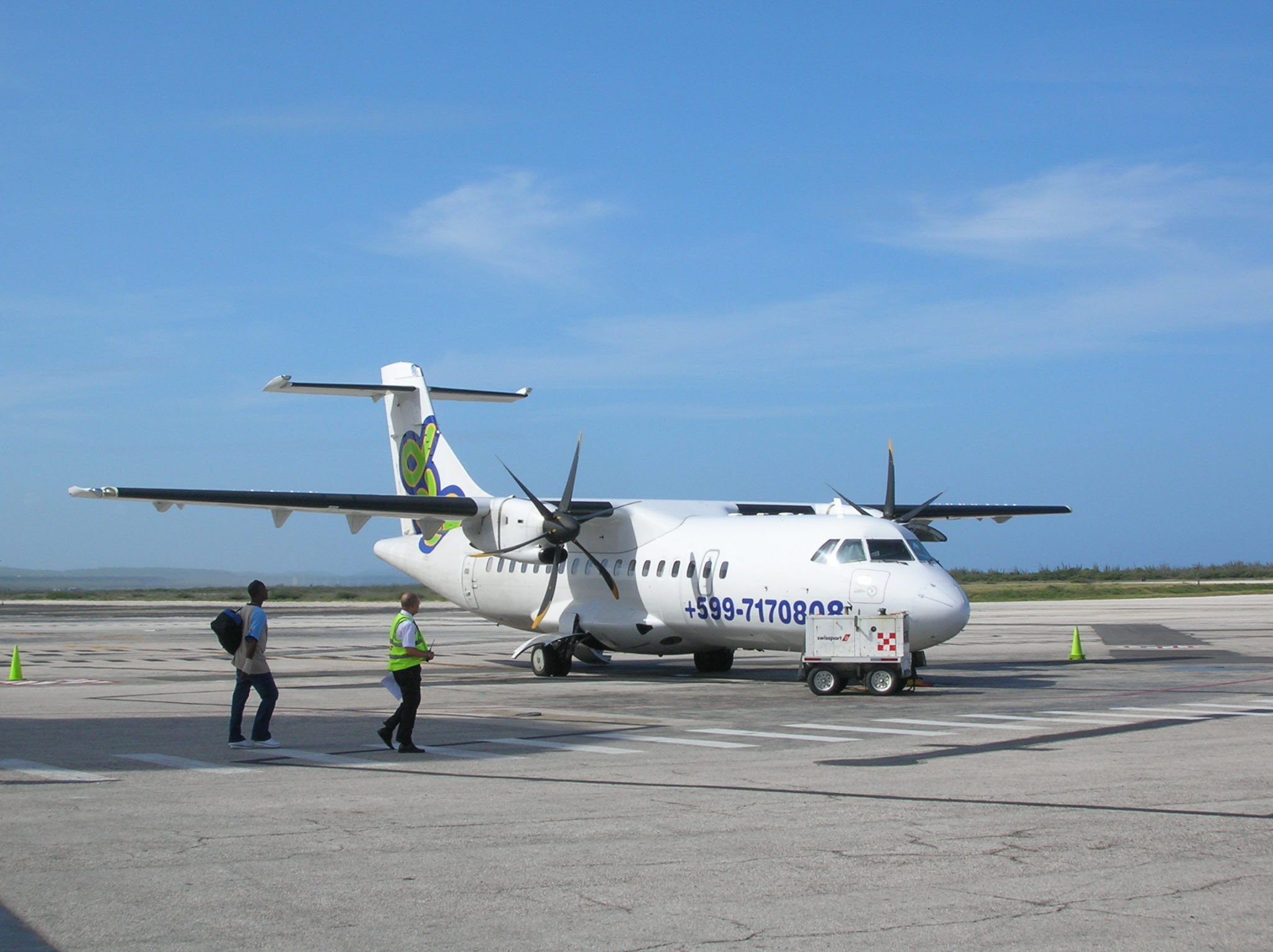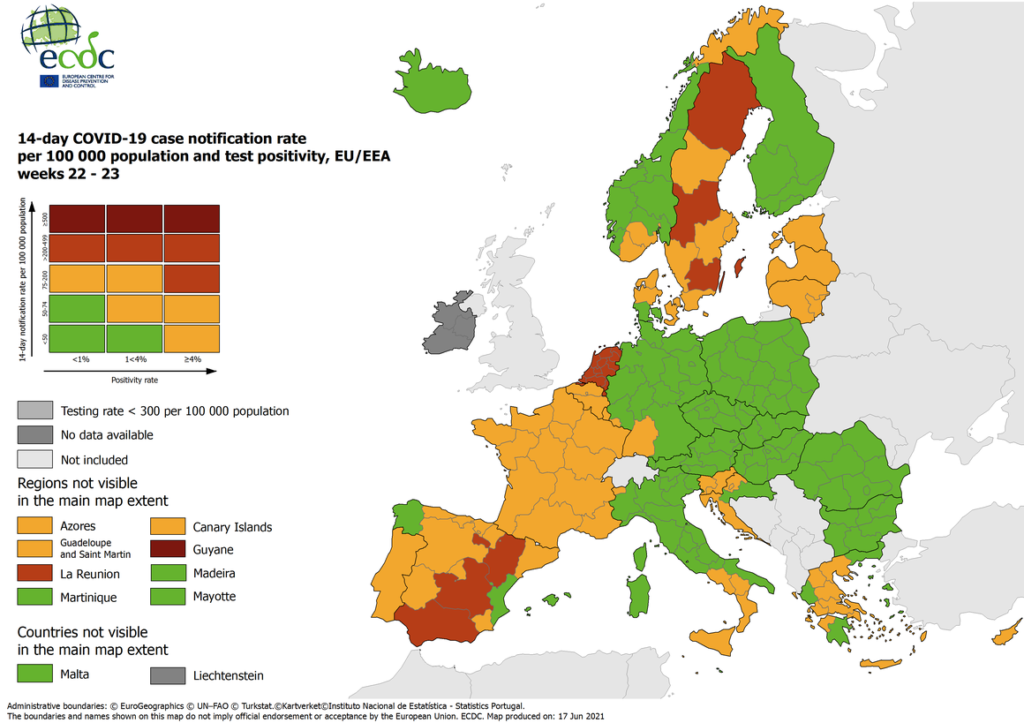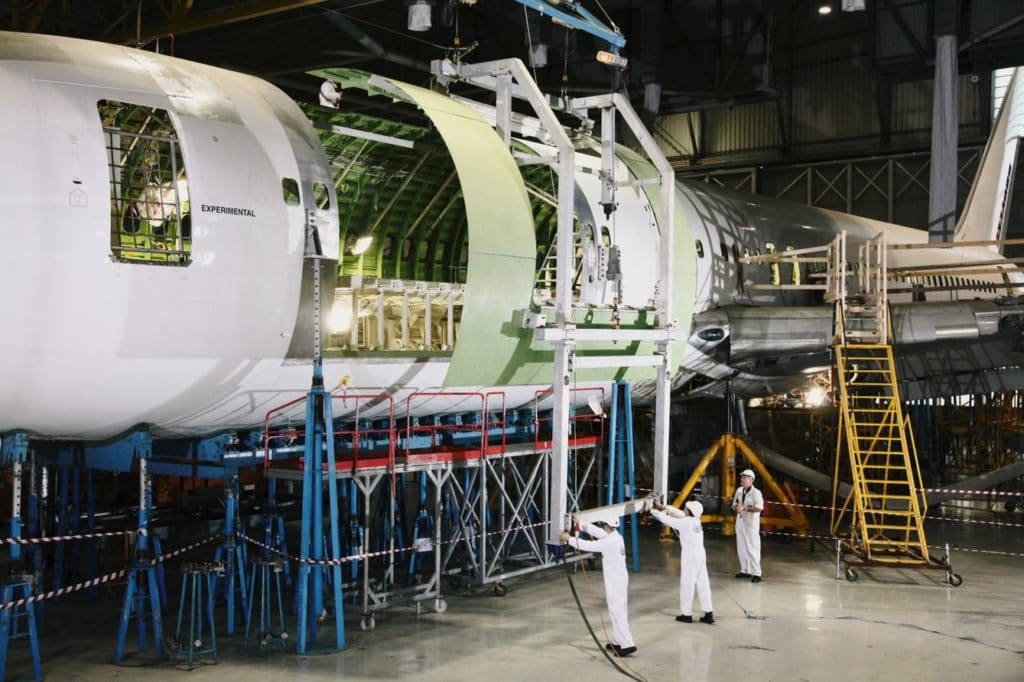Leeham News and Analysis
There's more to real news than a news release.
Pontifications: The WTO Airbus/Boeing standstill and pursuing China
June 28, 2021, © Leeham News: The US and European Union agreed on June 15 to a standstill in the 17-year old trade dispute over illegal subsidies to Airbus and Boeing.
The World Trade Organization (WTO) found each violated international rules. By the time all was said and done, the US was authorized to levy tariffs on $7.5bn worth of European goods. The EU received authorization to levy tariffs on $4bn of US goods.
Tariffs on goods went beyond Airbus and Boeing products. But it was 15% tariffs on Airbus planes imported into the US and Boeing planes imported into the EU that were the highest-profile and most costly.
Despite initial reports in some uninformed media that the long-running dispute was “resolved,” in fact, only a standstill was agreed. The US and EU now have five years to negotiate a permanent settlement to Airbus’ “reimbursable launch aid” and Boeing’s benefits from tax breaks and NASA.
The two sides also agreed to put China’s commercial aerospace industry in the crosshairs.
Bjorn’s Corner: The challenges of airliner development. Part 9. Size of the airliner.
June 25, 2021, ©. Leeham News: We are closing in on our aircraft project, where we will go through an aircraft development from A to Z and look at how certification rules govern our work.
Before we decide what aircraft to develop, let’s look at how the certification rules break the market into segments based on cabin seating.
Europe’s airline recovery: a tale of two continents
Subscription Required
By Judson Rollins
Introduction
June 24, 2021, © Leeham News: The recovery in passenger air travel from COVID-19 has been wildly uneven. A dramatic recovery in passenger volume – although not yield – in many domestic markets has been offset by a continuing sharp slump in international traffic.
The latter has proven particularly crippling to European airlines, most of which have miniscule domestic markets. Intra-EU travel, although generally permitted by member countries, has been slow to recover as business travelers have failed to return in meaningful numbers.
Meanwhile, long-haul travel remains hampered, most recently by an ever-changing landscape of “red zone,” “orange zone,” and “green zone” labels, plus other restrictions placed on arriving travelers.
The bright spot is strong leisure travel demand, which is propelling the continent’s low-cost carriers much closer to recovery than their legacy counterparts. This LCC-versus-legacy split brings into sharp relief the state of European airline traffic.
Summary
- Vaccine rollout ahead of many developed markets; certificate program launching next week.
- Legacy carrier recovery is dragging out, weighed down by business and long-haul travel woes.
- LCCs performing relatively well, with some on track to fully recover next year.
- Train service unlikely to displace airline demand.
HOTR: USAF prepares for new tanker competition, pitting Lockheed Martin/Airbus and Boeing against each other
By the Leeham News Team
June 22, 2021, © Leeham News: The US Air Force appears to be preparing a new round of competition for the next phase of its aerial refueling tanker recapitalization.
The first, KC-X, took more than 10 years to award a contract that didn’t get overturned. Boeing initially was awarded a lease deal in 2001 that was canceled in the wake of a scandal that sent two Boeing officers to jail and led to the resignation of CEO Phil Condit.
Round two pitted Boeing against Northrop Grumman and EADS, which was the name of the parent of Airbus’ commercial unit. Northrop won, but this award was overturned when USAF improprieties were revealed in the debriefing.
Round three pitted Boeing against EADS alone after Northrop bowed out. Boeing won this contract with a price 10% below EADS, which didn’t contest the decision. Boeing since has written off about $5bn on the KC-46A tanker, which still doesn’t work as required and which was delivered nearly two years late.
Related stories:
The Ultrafan Project
Subscription Required
By Vincent Valery
Introduction
June 21, 2021, © Leeham News: Rolls-Royce launched the Ultrafan in 2014, a project to develop next-generation geared turbofan engines. The engine OEM has been working on that project ever since.
The Ultrafan demonstrator started the final assembly this year at the OEM’s Derby facility, with a plan to start and complete ground testing in 2022. Rolls-Royce will await a new OEM program launch to finalize the development to a production engine after 2022.
While using a power gearbox has gathered most of the attention, the Ultrafan uses other new technologies to enable a leap in fuel efficiency. LNA analyzes the technologies used and what lies ahead for the program.
Summary
- An evolving rationale for the Ultrafan business case;
- Much more than the addition of a power gearbox;
- A break with the Trent design
- A significant infrastructure uplift;
- Awaiting the next OEM move.
Bjorn’s Corner: The challenges of airliner development. Part 8. Transport category rulings.
June 18, 2021, ©. Leeham News: We continue our discussion about the Transport Category (FAA Part 25) certification rules.
Last week we talked about how much tougher the birdstrike protection is for Part 25. Now we look at the fuel tanks and the inherent explosion risk in these.
Freighter conversion will absorb some excess widebody supply – but not all
Subscription Required
By Judson Rollins
Introduction
June 17, 2021, © Leeham News: A key question hanging over the used widebody market is what percentage of available aircraft could be converted into freighters.
Indeed, existing passenger-to-freighter (P2F) conversion providers are ramping up capacity and new ones are coming online. However, much of the P2F capacity growth is focused on converting used 737s and A320-family aircraft.
Airbus and Boeing foresee a market for 1,500-1,600 conversions over the next 20 years. While Boeing doesn’t break out its forecast between single-aisle and widebody aircraft, Airbus believes 670 of these will be widebodies.
In this analysis, LNA explores the size of the market, key providers, conversion capacity, and likely buyers of converted aircraft.
Summary
- Nearly 2,000 widebodies are in storage or coming off lease by 2030.
- New-build freighters will go to more established operators, while P2Fs are preferred by operators wishing to minimize capital costs.
- At current production rates, up to 400 widebodies could be converted by 2030.
- Early-production 787s, A350s are less likely to be converted.
Airbus Commercial Programs update
By Bjorn Fehrm
June 15, 2021, ©. Leeham News: Airbus hosted an update on the Pandemic effects on its airliner business today.
It presented its view of the pandemic’s effects overall, how it affected the different aircraft programs, and how Airbus predicts the recovery ramp to look.
CFM announces the RISE engine program
June 14, 2021, © Leeham News: GE and SAFRAN took to the stage today to announce the extension of their CFM joint venture to 2050 and the CFM technology program RISE.
RISE stands for Revolutionary Innovation for Sustainable Engines, and it elevates previous work to new levels and introduces some news.









